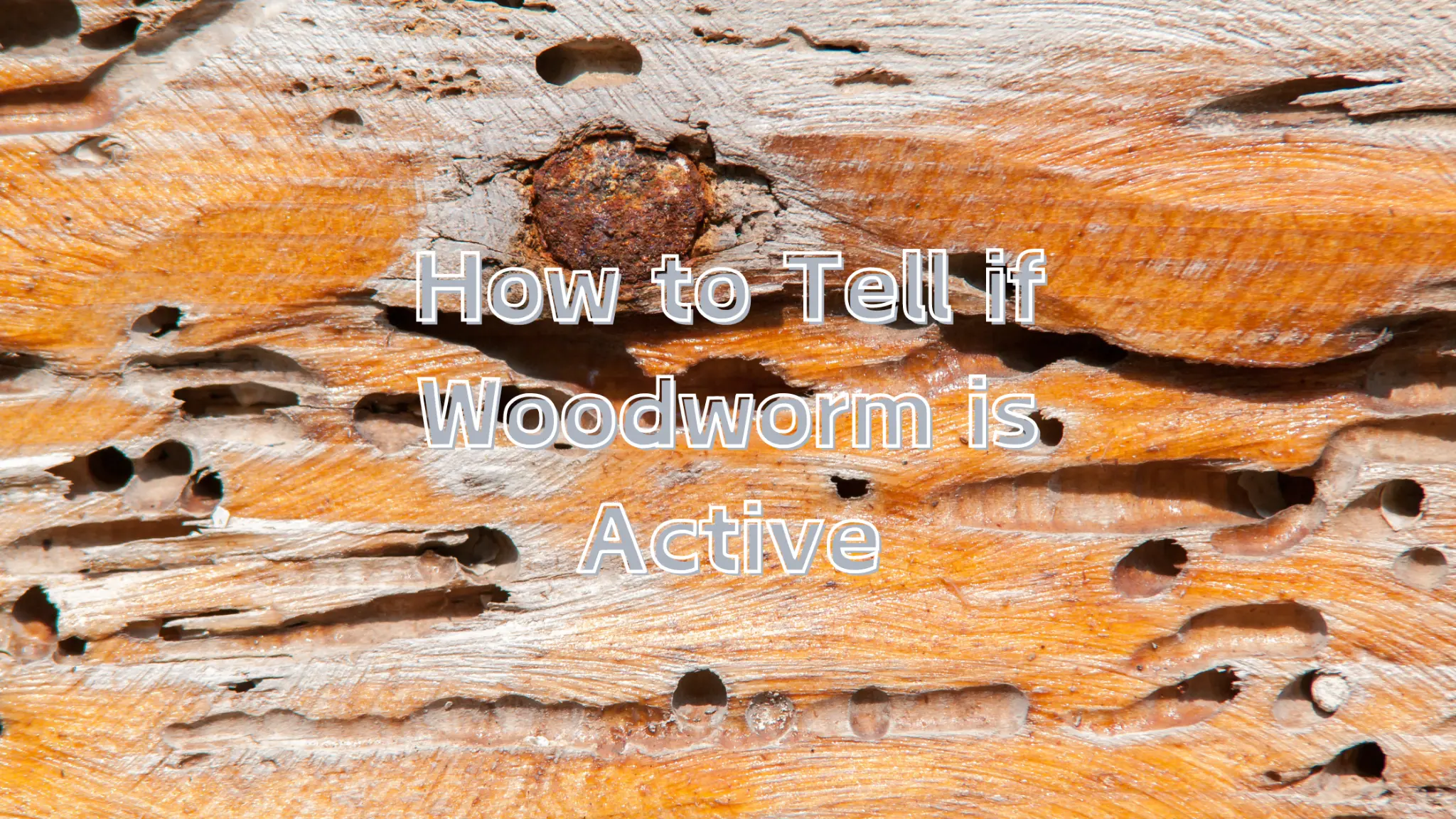How to Tell if Woodworm is Active
Woodworm is normally seen in structures that are made from wood, furniture, and even antique items. Locating the affected areas of an active woodworm infestation is highly advisable since the remedy to the problem will need to be applied as soon as possible. The following article offers detailed insights on how to know whether the woodworm is active to make sure you and your property are safe.
Understanding Woodworm
What is Woodworm?
Woodworm is the term given to exactly that, the larval stage of a selection of beetles that make their home in the structure of wood and feed as such. These larvae synchronized to make little tunnels and passages, destroying the timber part of the house.
Common Types of Woodworm
- Common Furniture Beetle (Anobium punctatum)
- Deathwatch Beetle (Xestobium rufovillosum)
- House Longhorn Beetle (Hylotrupes bajulus)
- Powderpost Beetle (Lyctus brunneus)
Signs of Active Woodworm Infestation
Fresh Exit Holes
Fresh emergence points classify the activity as relatively recent. These holes are usually circular and may be of different sizes that are normally in the range of 1 to 2mm in diameter, as may be determined by the particular beetle species.
Presence of Frass
Frass, or woodworm dust, is a fine powdery substance that is always seen around the exit holes of the woodworms. New frass is rather pale-colored and often resembles fine sawdust, which means there is an active infestation going on.
Live Beetles or Larvae
Witnessing the actual presence of live beetles or larvae coming out from the wood is a very vivid indication of the current woodworm activity. Larvae are usually creamy-white and curved, while the adult beetle is black, reddish-brown, or a mix of both colors and is usually small in size.
Tunnels and Galleries
There may be tunnel-like galleries within the timber when observed in detail. They are the tunnels caused by the movement of the larvae and render the wood structurally unsound.
Tools and Techniques for Detection
Moisture Metres
Woodworms prefer damp conditions. It is also useful to note that with the help of a moisture meter, it is easier to locate areas of wood with relatively higher amounts of moisture, thus actively hosting the woodworms.
Boroscopes and Endoscopes
These tools enable one to examine the internal parts of wooden construction without causing harm, thus enabling one to note larvae, tunnels, and frass.
Professional Pest Inspections
It is advisable to hire an expert pest inspector to assess a given premise. Skilled personnel apply more elaborate methods and tools to identify the presence of active infestation by woodworms.
Differentiating Active and Inactive Infestations
Age of Exit Holes
Older, inactive infestations will have exit holes that are darkened with weathering, while the recently made holes are lighter and cleaner.
Absence of Frass
The lack of fresh frass around the emergence holes indicates that the infesting insects may be dead. New frass indicates that the activity has not ceased yet.
Seasonality
Seasonal changes affect the activities of woodworms, with warmer months being the most active threat. Seasonal changes should be observed to check whether there is an infestation of the insects.
Preventative Measures
Controlling Moisture Levels
Always ensure wooden structures are dry and well-aerated. Fan most used and install dehumidifiers in the areas that are most affected to help in the elimination of moisture.
Regular Inspections
Speaking of permethrin, its use is preferable indoors, and wooden furniture and constructions should be checked frequently for the activity of termites and other pests.
Treating Wood
Chemicals or even natural treatments are used to protect wood from infestation. Some Boron-based treatments are used to control woodworms.
Treatment Options for Active Infestations
Chemical Treatments
Chemicals that kill woodworm larvae and adult beetles can be used on the infested part of the building. It is pertinent to adhere to safety measures when using chemical treatments.
Heat Treatment
One of the treatments that are applied to the affected area is heating, a process that is referred to as heat treatment, through which the heat kills woodworms. This technique is non-chemical and useful when there are numerous infestations.
Fumigation
Fumigation entails covering a certain part of the entire house and then putting a gas that eliminates woodworms. This method is only recommended for cases of high infestation levels and needs to be carried out by trained personnel.




Post Comment